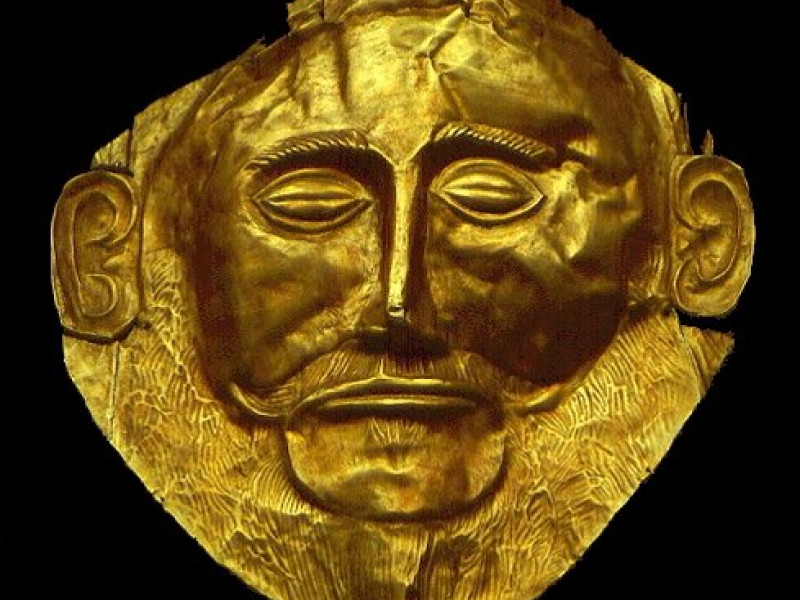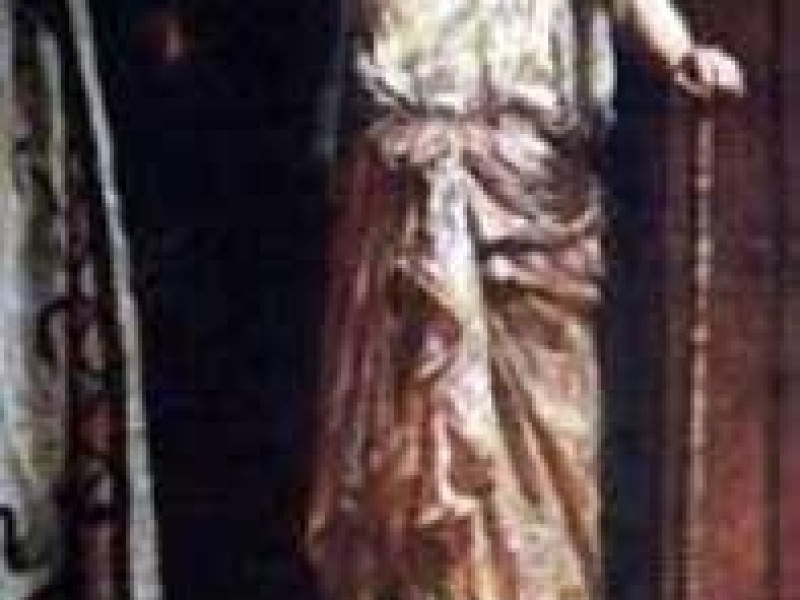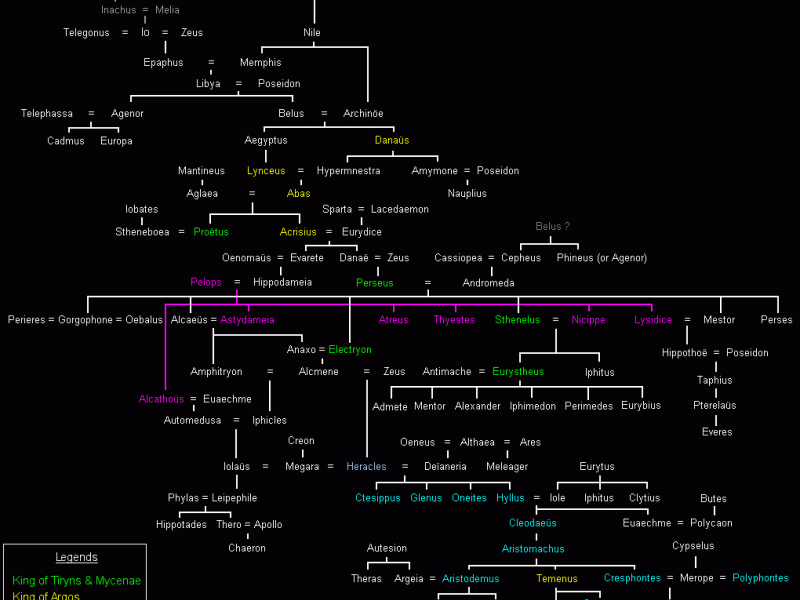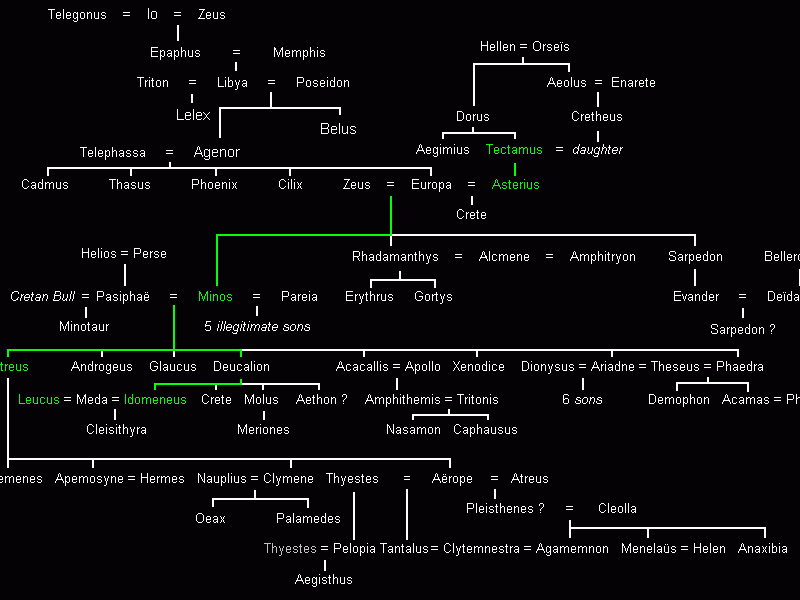House of Athens
Athens was the principal city of the region of Attica. The city was dominated by the citadel on top of the hill called the Acropolis.
Athens would play an important role in ancient history during the Classical period (500-332 BC), when it became the centre of culture, commerce and imperial power.
Classical Athens was also the creator of a new government system known as democracy. Doing away with monarchy and tyrants, the power rested with the citizens' ability to vote for their government officials. Their fleets of triremes (war galleys) made them a major naval power, allowing them to forge and rule a great empire in the Aegean (480-404 BC).
As a centre of culture, Athens became one of the leading cities of ancient Greece, producing geniuses in philosophy, science, medicine, literature, art and architecture.
From their literature, they produced one of the richest myths, which claimed that they once had great and powerful kings who ruled their city during the Bronze Age.

For Creusa and Ion, see the Aeolids. For Cephalus and Procris, see Tales of Lovers.
Genealogy
By Jimmy Joe








